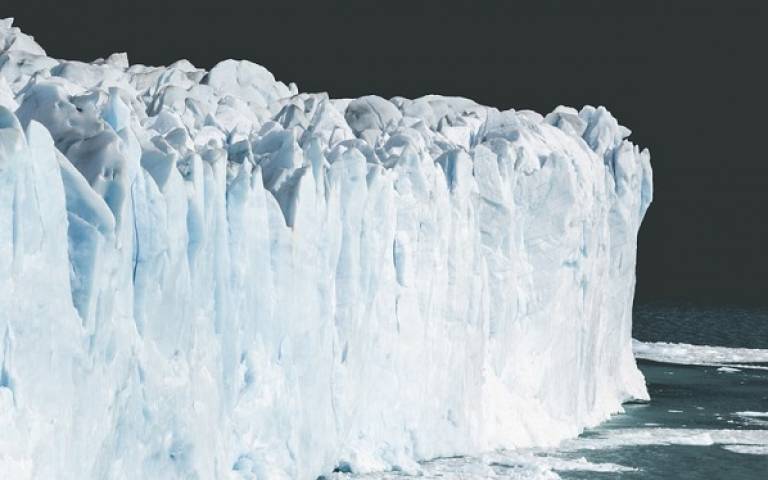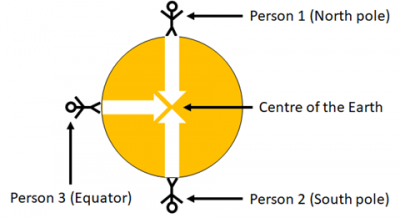Why don't we fall off the Earth at the south pole?
This is a great question and can be answered by thinking about what direction is ‘down’ and a force called gravity.

25 May 2021
You can do a quick experiment now, stand up, and if it safe to do so, jump straight up! Very quickly (even if you are an excellent jumper like a tree frog or flea) you will land back down on the ground. The same thing happens if you pick something up, lift it up and then drop it. It will fall and land on the floor. A force called gravity is pulling you down towards the centre of the Earth. Anything with mass also has gravity, the more mass something has, the stronger the pull of gravity.
A very famous example is when a scientist called Isaac Newton was watching apples fall from an apple tree. He asked himself the question ‘why do apples fall down?’ He came up with the idea of gravity to explain it.
As you know the Earth is round like a ball and no matter where you are standing on that ball, gravity is pulling you towards the centre of that ball. So if you jump up towards the sky on the South Pole you would still fall down towards the ground, exactly the same as if you jumped up where you are right now. You could imagine it like being stuck to a wall with a big elastic band – which ever direction you jump away, the elastic band would pull you back to the same place.
So we don’t fall off the Earth at the South Pole because gravity is pulling us down towards the centre of the Earth. In the picture below you can see that down is towards the centre, even if you are at the North Pole, the South Pole or at the Equator!

Picture showing that gravity pulls people towards the centre of the Earth, no matter where you are on the Earth.
 Close
Close


